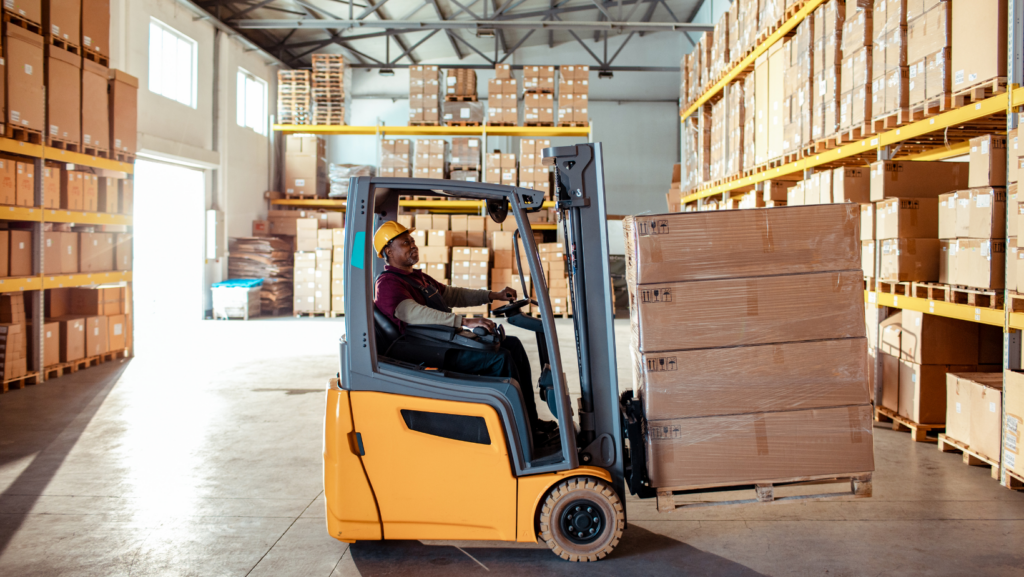
When it comes to industrial safety, the Occupational Safety and Health Administration (OSHA) is the authoritative body in the United States that sets and enforces standards to ensure a safe and healthy workplace. One of the critical standards that OSHA oversees is Standard 1910.178, which relates to the operation of powered industrial trucks, commonly known as forklifts or lift trucks. In this blog post, we will delve into the key components of OSHA Standard 1910.178, why it’s important, and how employers and employees can comply with its regulations to ensure a safe working environment.
What is OSHA Standard 1910.178?
OSHA Standard 1910.178 establishes the safety requirements for the use of powered industrial trucks in the workplace. These trucks are essential in various industries for lifting, moving, and handling materials. However, they can also pose serious risks if not operated correctly. The standard covers the design, maintenance, and operation of these vehicles to prevent injuries and fatalities related to their use.
Why is OSHA Standard 1910.178 Important?
According to OSHA, powered industrial truck accidents are responsible for approximately 100 fatalities and 35,000 serious injuries each year. Many of these accidents are due to inadequate training or failure to follow safe operating procedures. OSHA Standard 1910.178 is designed to reduce these incidents by providing a comprehensive framework for employers to ensure that these vehicles are operated safely by trained personnel.
Key Requirements of OSHA Standard 1910.178
1. Operator Training and Certification
The standard requires that all powered industrial truck operators are trained and certified to operate the equipment. The training program must include the following:
- Formal instruction (e.g., lecture, discussion, interactive computer learning, written material)
- Practical training (demonstrations and exercises by the trainee)
- Evaluation of the operator’s performance in the workplace
2. Vehicle Design and Construction
Powered industrial trucks must meet the design and construction requirements established by the American National Standards Institute (ANSI). These requirements ensure that the vehicles are built to a standard that ensures safety in operation.
3. Inspections and Maintenance
Employers must ensure that powered industrial trucks are inspected daily or after each shift if used on a round-the-clock basis. Maintenance should be performed regularly, and any truck that is found to be unsafe should be taken out of service until it is repaired.
4. Safe Operation
The standard sets out specific rules for the safe operation of powered industrial trucks, including:
- Observing speed limits
- Yielding the right of way to pedestrians
- Avoiding abrupt stops
- Maintaining a safe distance from the edge of ramps
- Ensuring the load is stable and secure
5. Refueling and Charging
There are also regulations on how to safely refuel gas, diesel, and LPG-powered trucks, as well as how to charge and change batteries in electric trucks to prevent fires and explosions.
Implementing OSHA Standard 1910.178 in the Workplace
Implementing these standards requires a proactive approach from employers. Here’s how they can do it:
- Develop a Comprehensive Training Program: Create a training program that covers all aspects required by the standard and keep records of all training conducted. Consider a Train the Trainer course to be prepared for this.
- Perform Regular Inspections: Conduct daily or shift inspections of powered industrial trucks and keep maintenance logs.
- Establish Safe Work Practices: Develop and enforce safe operating procedures for the use of these vehicles.
- Provide Protective Equipment: Ensure that operators and nearby workers have the necessary personal protective equipment (PPE).
- Maintain Clear Aisles: Keep aisles and work areas clear to allow for safe operation of the trucks.
- Communicate Hazards: Use signs and labels to warn of the potential hazards associated with the operation of powered industrial trucks.
Conclusion
OSHA Standard 1910.178 is a vital part of maintaining safety standards in workplaces where powered industrial trucks are used. It protects not only the operators but also other employees who work in the vicinity of these vehicles. Compliance with this standard is not just a legal obligation but also a moral one, ensuring that all employees return home safely at the end of the workday. By understanding and implementing the requirements of OSHA Standard 1910.178, employers can significantly reduce the risks associated with powered industrial trucks and foster a culture of safety within their organization.

